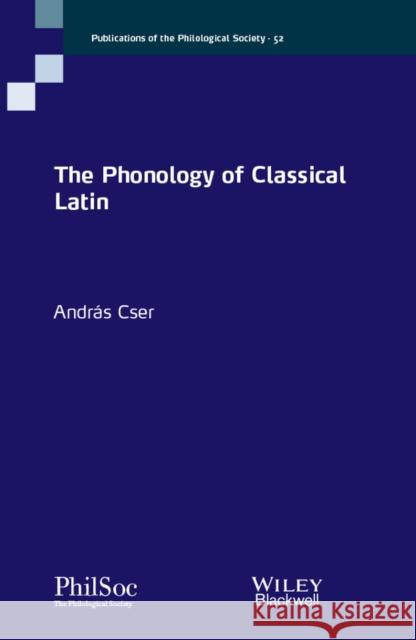The Phonology of Classical Latin » książka
topmenu
The Phonology of Classical Latin
ISBN-13: 9781119700609 / Angielski / Miękka / 2020 / 240 str.
Kategorie:
Kategorie BISAC:
Wydawca:
Wiley-Blackwell
Seria wydawnicza:
Język:
Angielski
ISBN-13:
9781119700609
Rok wydania:
2020
Numer serii:
000115447
Ilość stron:
240
Waga:
0.41 kg
Wymiary:
22.61 x 14.73 x 1.27
Oprawa:
Miękka
Wolumenów:
01











